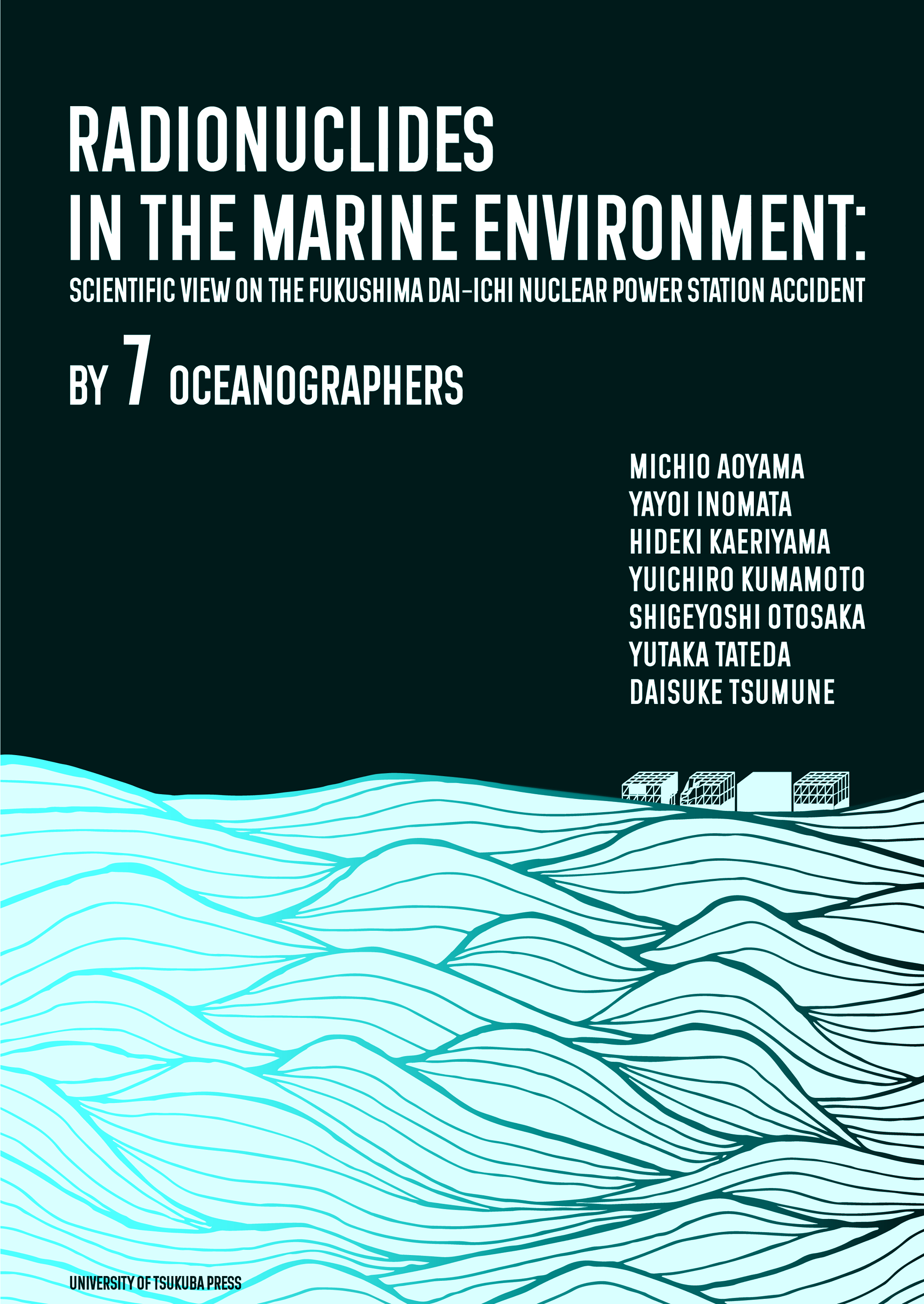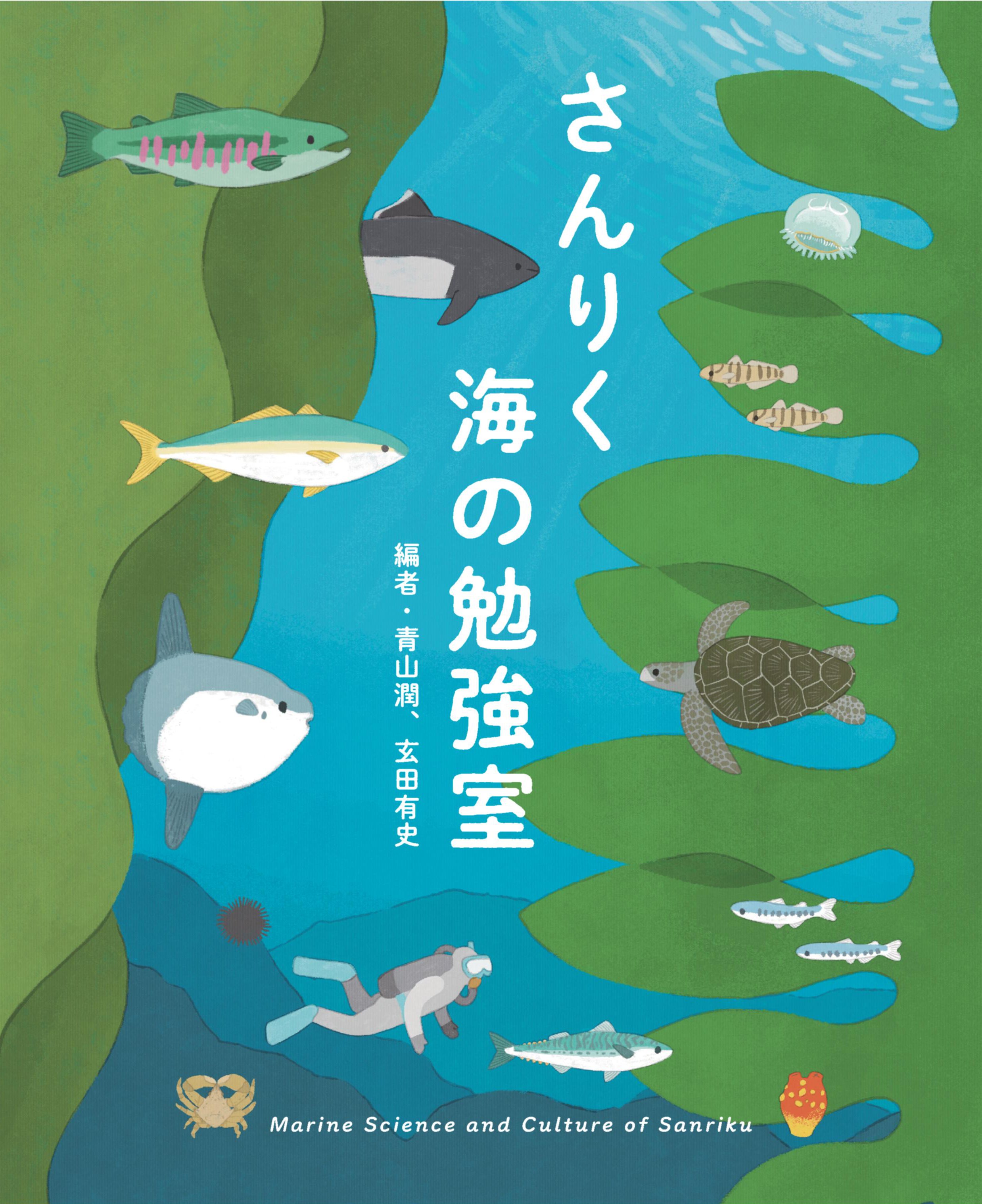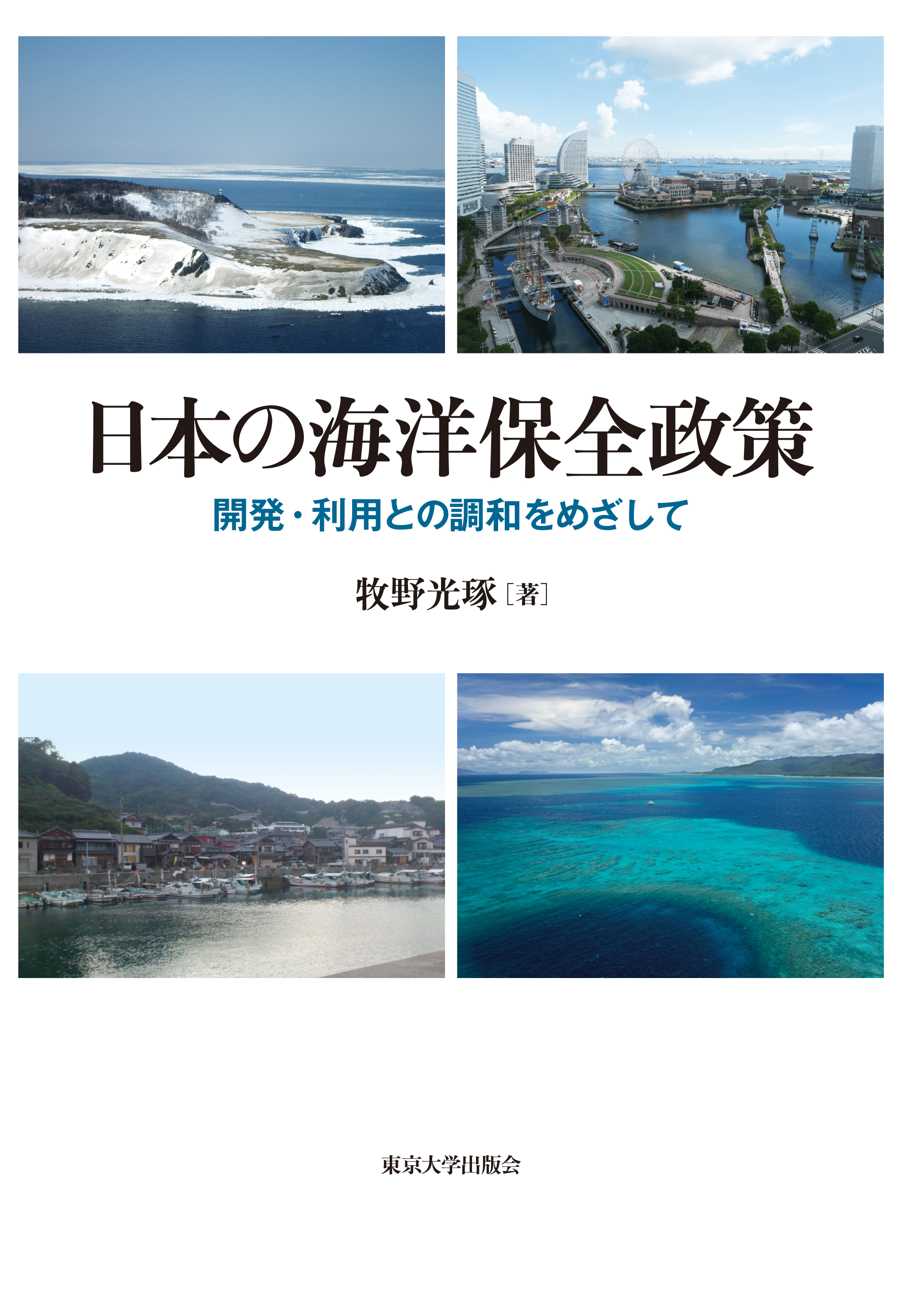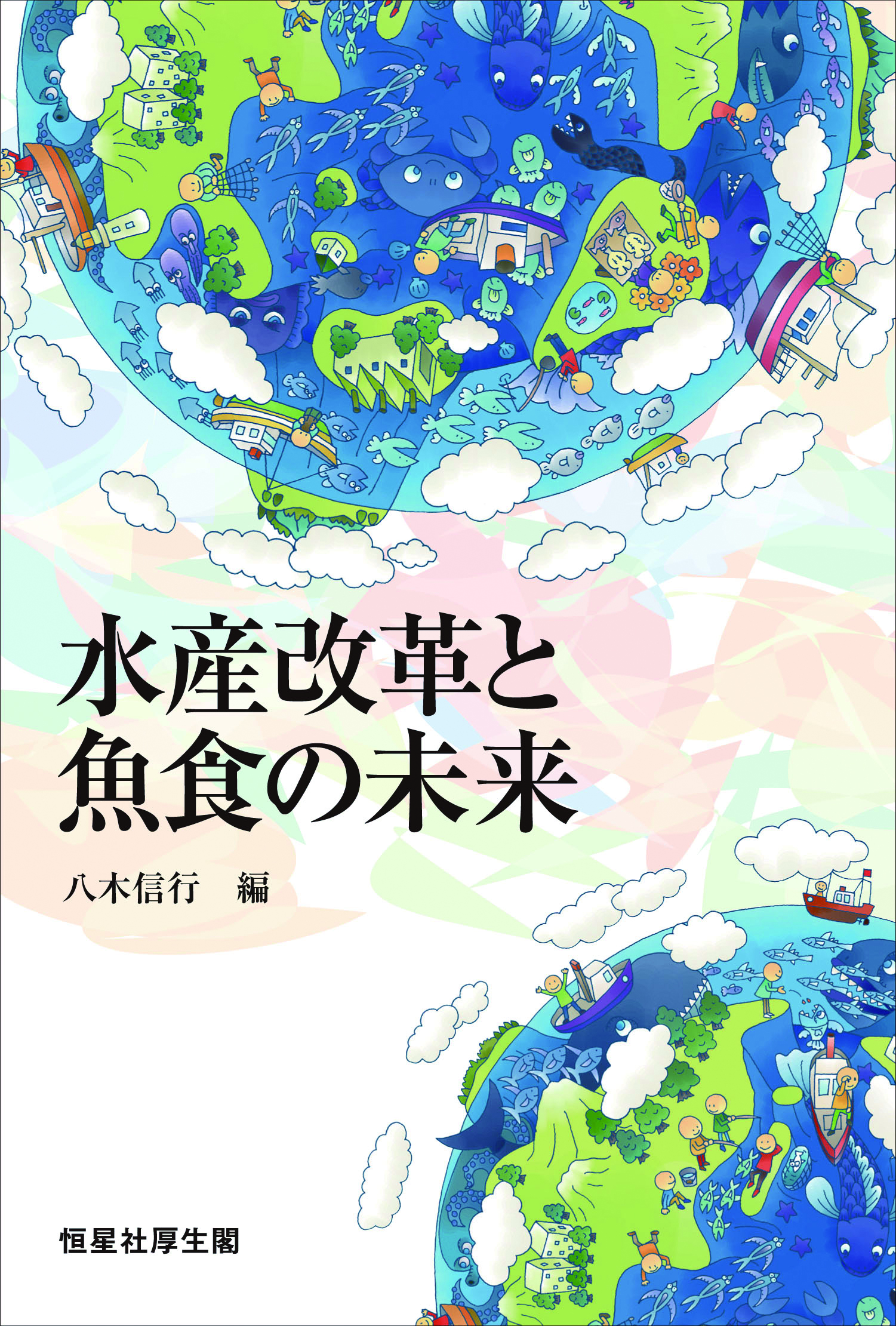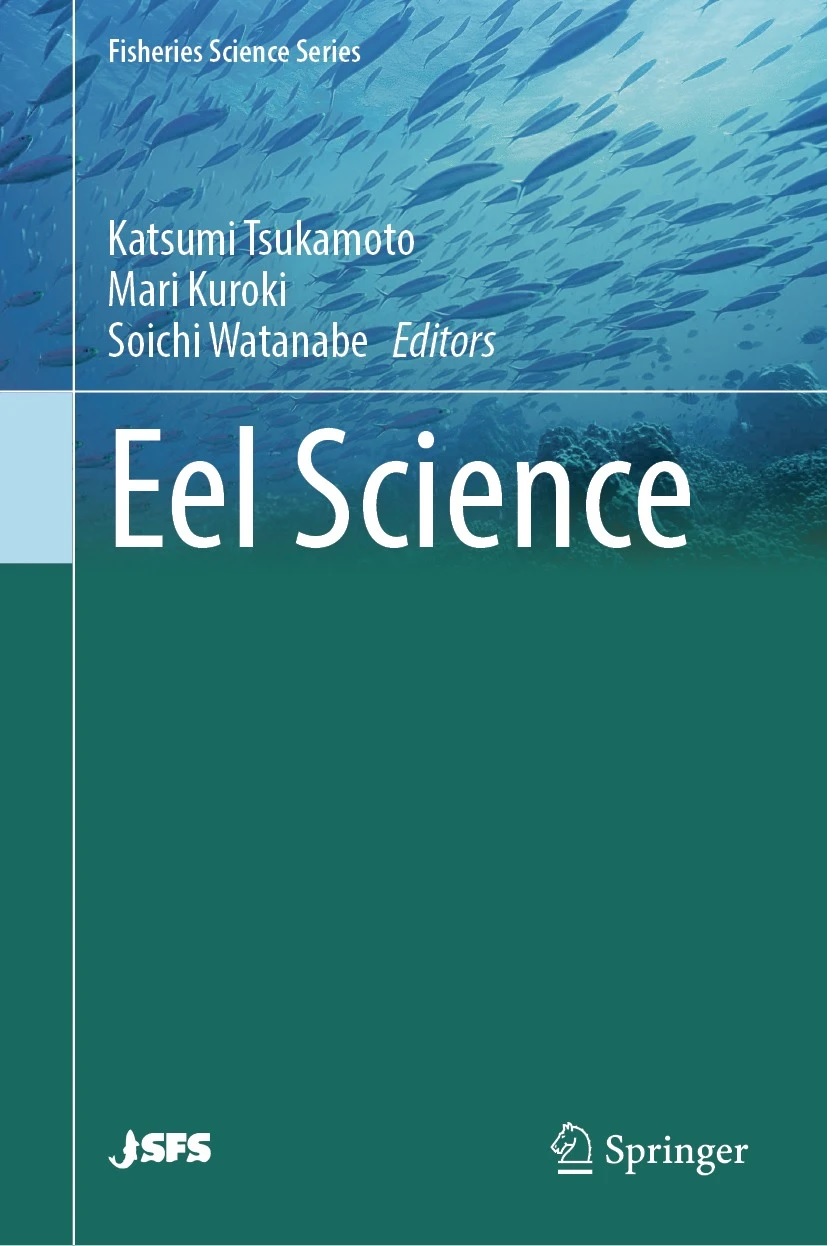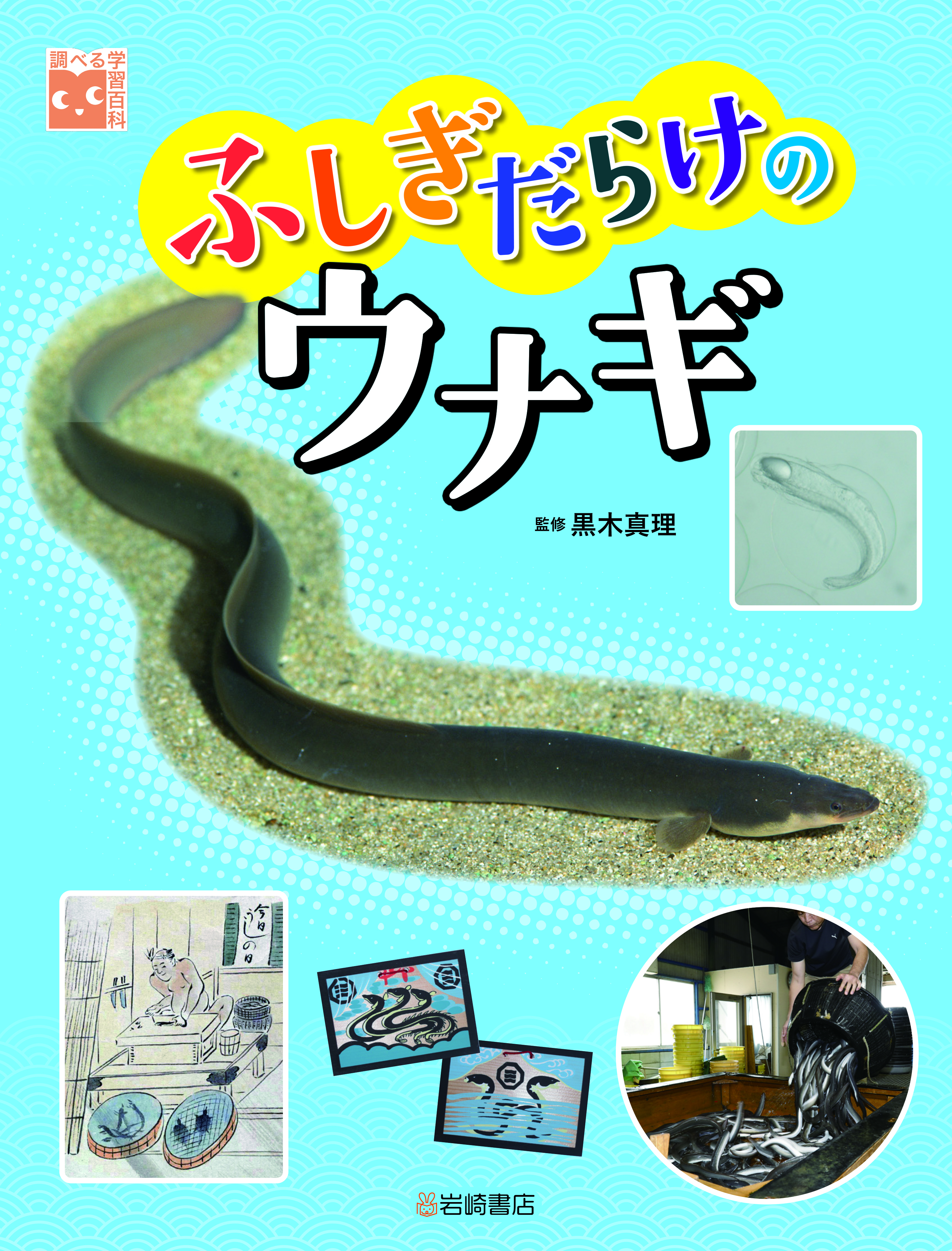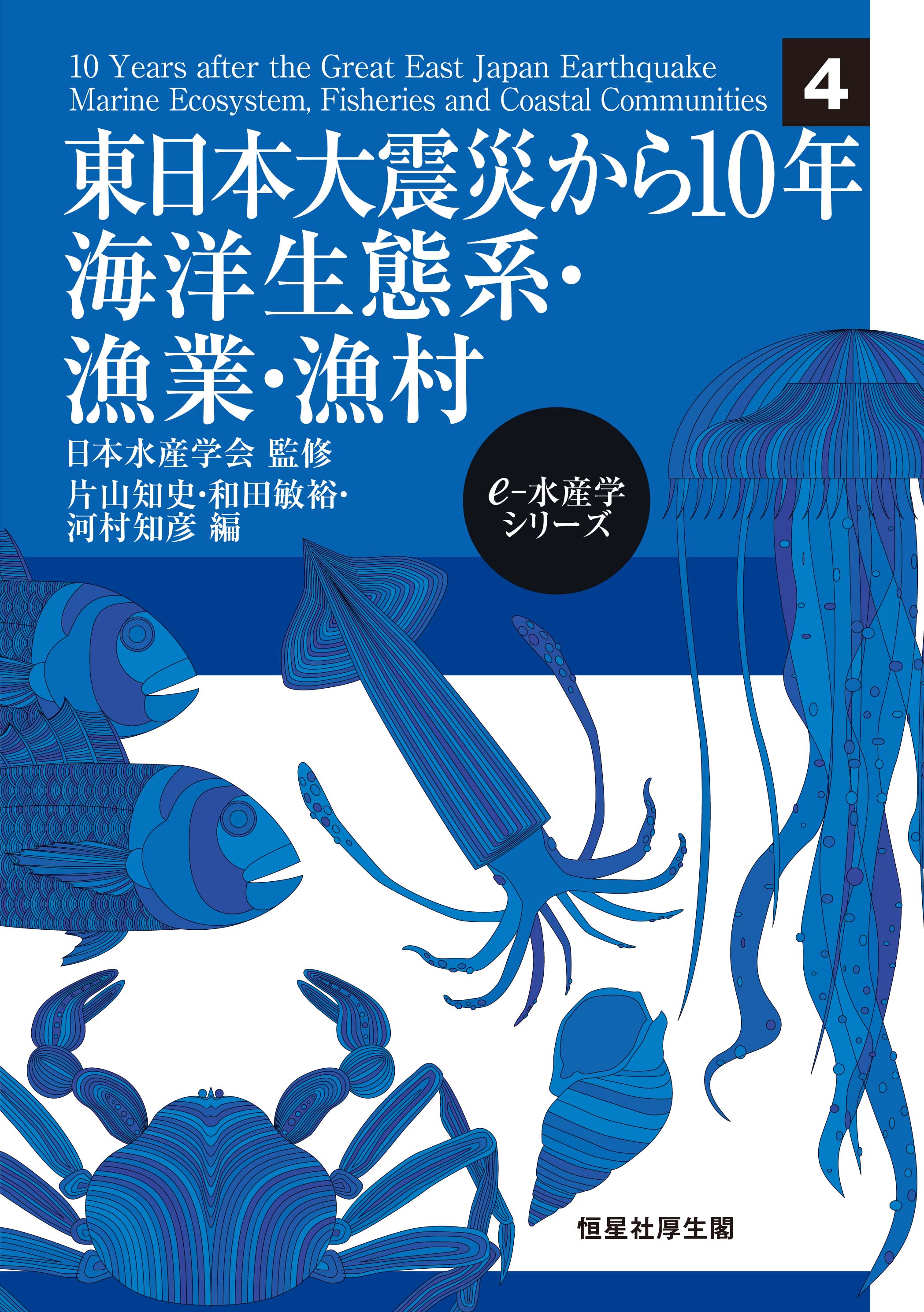
Title
e-Fisheries Science Series Higashinihon-daishinsai kara Jyunen / Kaiyo-seitaikei, Gyogyo, Gyoson (10 Years after the Great East Japan Earthquake / Marine Ecosystem, Fisheries and Coastal Communities)
Size
186 pages, A5 format
Language
Japanese
Released
December 15, 2022
ISBN
9784769916888
Published by
Kouseisha-kouseikaku Corporation
Book Info
See Book Availability at Library
Higashinihon-daishinsai kara Jyunen / Kaiyo-seitaikei, Gyogyo, Gyoson
Japanese Page
Twelve years have passed since the Great East Japan Earthquake occurred on March 11, 2011. The earthquake was the most powerful ever measured in Japan, and is said to occur only once every thousand years. The mega-earthquake and the accompanying tsunami caused enormous damage to local communities and, subsequently, numerous changes in coastal marine ecosystems along the Sanriku and Joban coasts. It has also had a major impact on fisheries, the main industry in the disaster-stricken areas.
The Japanese Society of Fisheries Science, comprising researchers from various fields related to fisheries in Japan, launched various initiatives immediately after the disaster. It established “The Special Committee for Assistance in Reconstruction and Restoration from the Great East Japan Earthquake Disaster” in June 2012 to support the fisheries industry and coastal communities in the affected areas. Many issues relating to fisheries in the affected areas remain to be addressed by the special committee, but it was dissolved at the end of March 2021 — 10 years after the disaster. Since then, each member of the Society has continued with its own activities. In March 2021, as part of the compilation of the committee's activities, a symposium titled "Lessons from the Great East Japan Earthquake: the current situation 10 years after the earthquake and the future of the local communities" was held. The effects of the tsunami and other environmental changes associated with the earthquake, the subsequent recovery processes of marine ecosystems in the disaster area and the impact on the local fisheries industry and society as a whole, were discussed with a particular focus on the issues which remain.
In this book, we have once again summarized the changes in marine ecosystems caused by the Great East Japan Earthquake and their associated effects on fisheries as guided by the contents of the discussion held at the above symposium. The effects had on local communities, along with the remaining issues concerning the disaster-stricken areas, were discussed ten years after the disaster. By making such information available to researchers in the field of fishery science, national and local government officials and the general public, we contribute to the recognition and resolution of issues that remain unaddressed. Concurrently, we believe this book can provide insights on the formulation of disaster prevention and post-disaster reconstruction plans for municipalities and local communities in preparation for large earthquakes and tsunamis in the future.
Japanese researchers are obligated to scientifically elucidate and document the direct and indirect effects of mega-earthquakes and tsunamis on the Sanriku and Joban coastal areas. Can our efforts fulfill this responsibility and contribute to the recovery of the fishing industry and local communities in disaster-struck areas? We consider what we should do in the future for the recovery and development of affected areas, the preservation of marine coastal ecosystems, and what should be done when such a disaster occurs again in other parts of the world in the future.
(Written by KAWAMURA Tomohiko, Professor, Atmosphere and Ocean Research Institute / 2023)



 Find a book
Find a book


 eBook
eBook